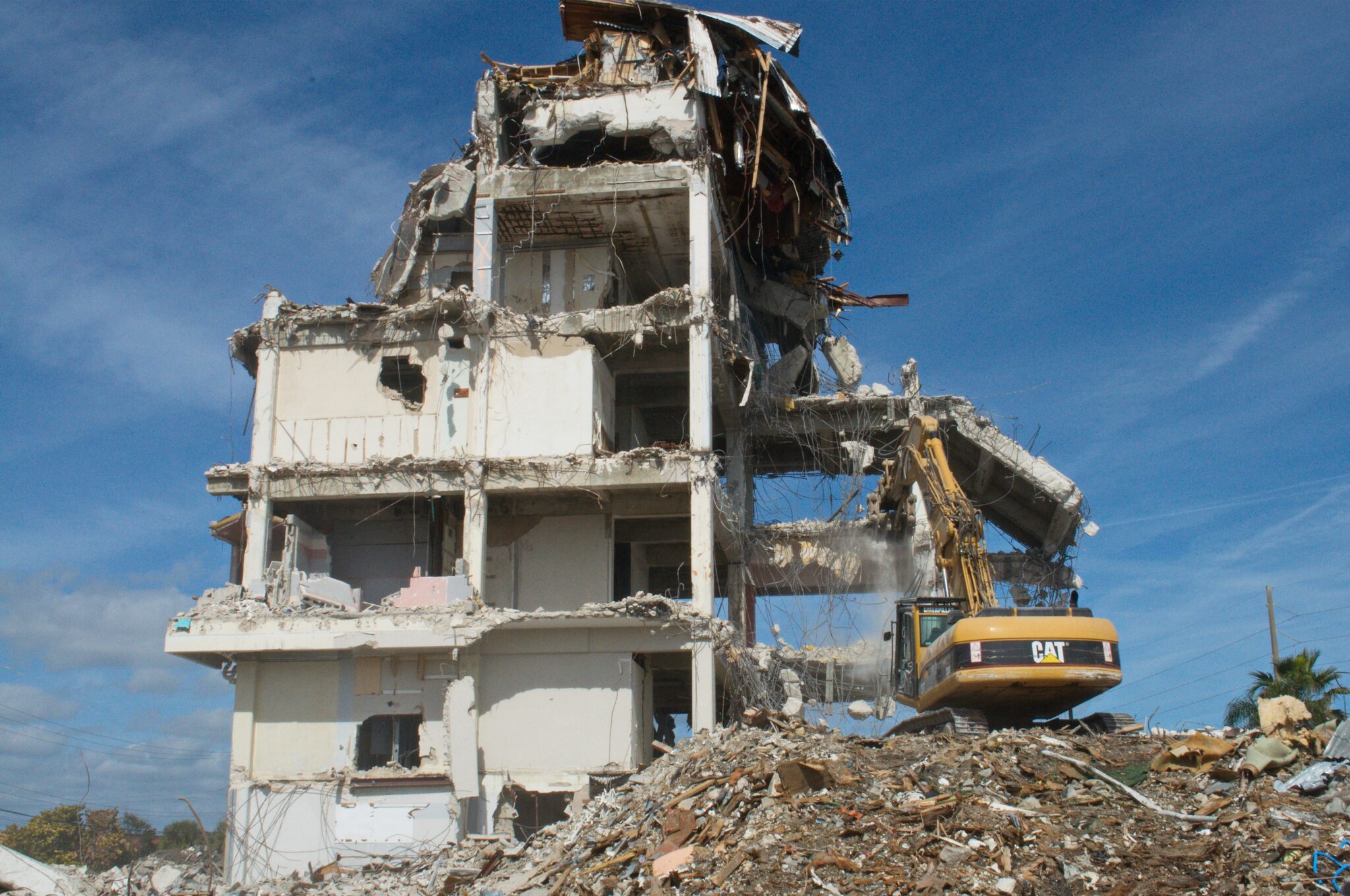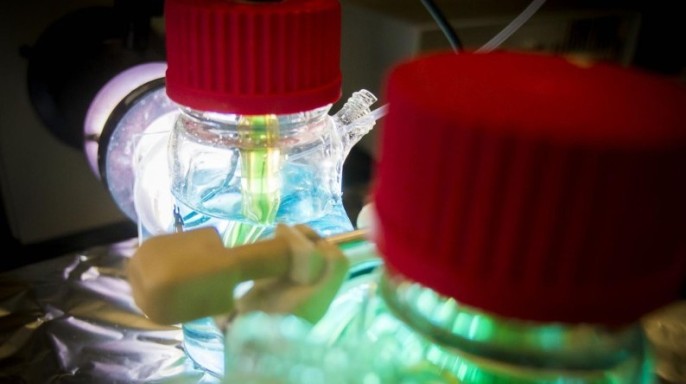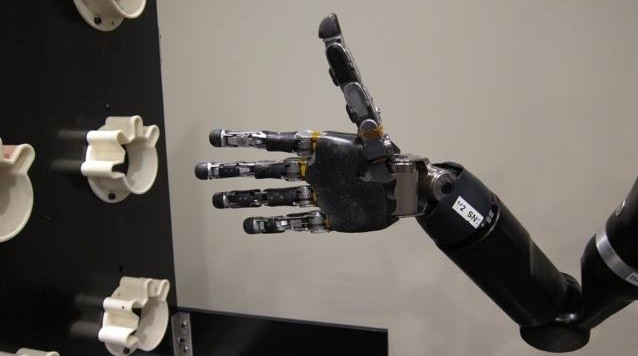If we tear down concrete buildings, can the material be reused? Read on to find out why recycling concrete is not so easy.
By Reshmi Thampy
Concrete is the most used material globally, second only to water, and aggregates comprise 60–70 percent of its volume. Aggregates used for concrete are either natural (from riverbeds) or manufactured aggregates (like crushed stone). However, natural aggregates are a limited resource, and manufacturing uses a lot of energy.
There are many ways to recycle plastic bottles, newspapers, and clothes. But have you heard of recycling buildings? You may have seen trucks carrying big chunks of what was once a building or a road, but where do they go? Most end up in landfills or “low-lying areas” (water bodies!), where they remain for ages, mix with other waste, and become unusable. But it should be easy; grind up the big chunks of construction and demolition (C&D) waste and use it as aggregate for new buildings. Unfortunately, like most recycling processes, it is not so easy.
Till death do us part
What makes the recycling of RCA (recycled concrete aggregate) tough is that it has a layer of old concrete clinging to it like a burr on Velcro. In normal concrete, failure almost always occurs at the interface of aggregate and concrete. This weak zone is called ITZ, or interfacial transition zone. If you use recycled aggregate, you will find not one but two layers of ITZ (between aggregate/old concrete and old concrete/new concrete).
The old concrete soaks up all the water you put in for the cement to react and harden. If you used RCA as it is, the result would be weak concrete. Adding more water to account for their water absorption might seem like a solution, but it is not easy. Often builders use different “grades” of concrete in their structures. These grades have different densities and water absorption values. If more than the necessary water is provided, the result would still be a weak concrete.
RELATED: Phosphorescent Concrete Lights the Way Home
Time to let go: processing old concrete
Researchers at the Indian Institute of Technology Madras (IIT Madras) came up with a scalable solution. If you’ve ever wished to vaporize your problems, congrats. They did exactly that with C&D waste.
The research was conducted at the India One Solar Thermal Power Plant, which houses 770 solar concentrators. C&D waste, reduced to chunks of around 5 cm, is fed into a cast iron receiver and hit with a concentrated beam of sunlight, reaching temperatures as high as 500°C in 15 minutes. The chunks are blasted with sunlight for an hour. The concrete in RCA dehydrates, leaving behind calcium oxide. The mass loss on heating alone was 7 percent, similar to that seen during studies that used electric furnaces.
It is then taken for a mechanical scrub: Batches of 10 kg are fed into ball mills or drums with 10 steel balls and made to undergo 500 revolutions. This mixture is then sieved to give coarse RCA (20–4.75 mm), fine RCA (4.75–0.3 mm), and concrete fines (<0.3 mm). Anything higher than 20 mm in size is rejected. More than 90 percent of the weight fraction of the feed was found to be reusable. In comparison, ball-milling alone gave just a 24 percent weight fraction of usable size aggregate, proving the efficiency and need of the heating process.
RELATED: Conductive Concrete May End Flight Delays
Aggregate that’s good as new
The treated RCA passed the acceptance criteria for dry density and water absorption prescribed for aggregates used for concrete. The aggregates were also used to make new concrete, which gave a compressive strength of 33.0±0.55 MPa, suitable for general construction. If scaled up to meet industrial demands, it would pave the way toward a circular economy, where material never gets wasted.
So the next time you look at a building being demolished, I hope you can view it as a resource, rather than a nuisance.
This study was published in the peer-reviewed journal Materials and Structures.
References
Prajapati, R., Gettu, R., Singh, S., & Rathod, B. K. J. (2022). A novel beneficiation process for producing high-quality recycled concrete aggregates using concentrated solar energy. Materials and Structures, 55, 233. https://doi.org/10.1617/s11527-022-02065-w
Santhanam, M., & Gettu, R. (2024) Advanced topics in science and technology of concrete (MOOC). NPTEL-NOC IITM. https://onlinecourses.nptel.ac.in/noc24_ce54/preview
Featured photo by kerry rawlinson on Unsplash
About the Author
Reshmi Thampy is a postgraduate in structural and construction engineering. She loves all things green and would have been a farmer in a parallel universe. She is an avid reader and an occasional writer. Currently bogged down with exams and interviews, any other activity is an attempt to stay spirited and not lose the love and curiosity she has for science and technology. If you see her nose down in a book, do not disturb! For more, follow her on LinkedIn.




